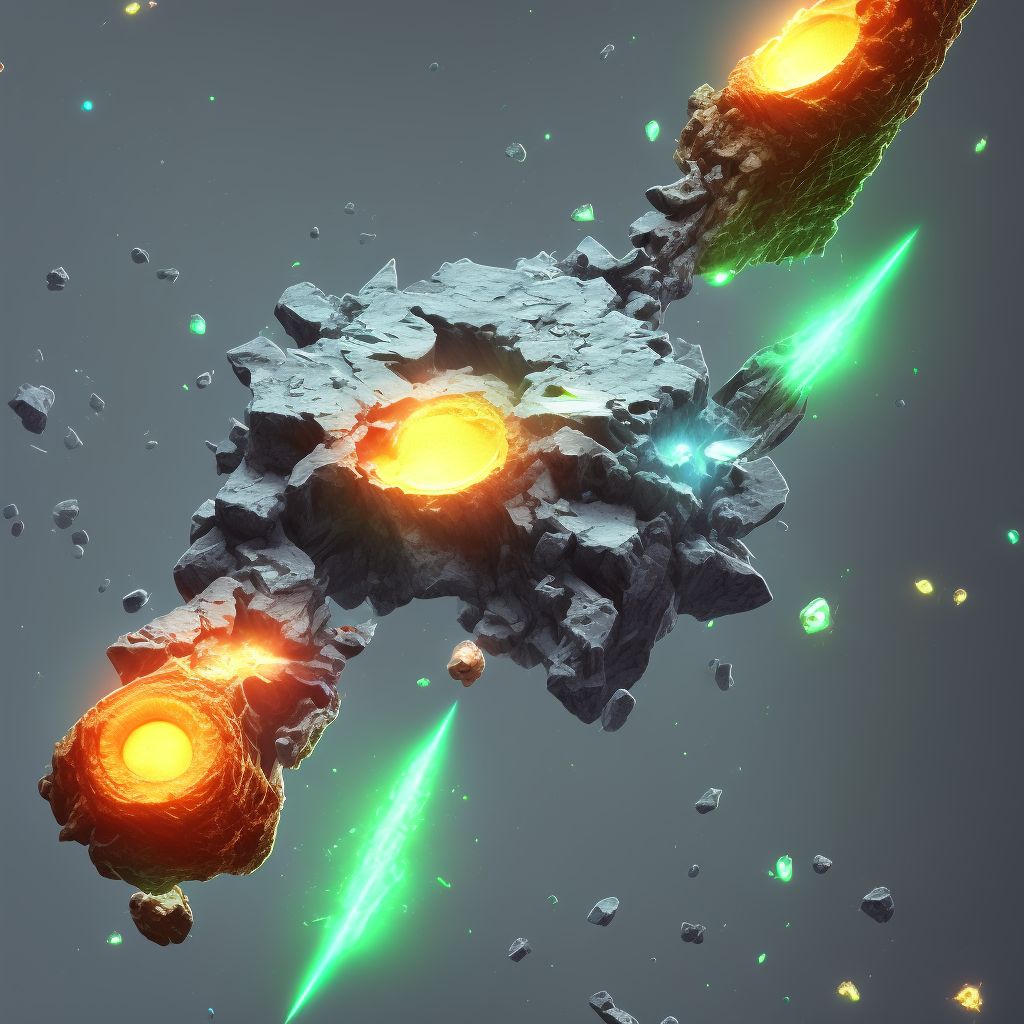
Nondisplaced transverse fracture of shaft of left tibia, subsequent encounter for open fracture type I or II with nonunion Save
ICD-10 code: S82.225M
Disease category: S82.225: Nondisplaced transverse fracture of shaft of left tibia
Nondisplaced Transverse Fracture of Shaft of Left Tibia: Understanding Open Fracture Type I or II with Nonunion
A nondisplaced transverse fracture of the shaft of the left tibia can be a distressing injury, especially when it progresses to an open fracture type I or II with nonunion. This condition requires careful management and medical intervention to ensure proper healing and prevent further complications.
Here's what you need to know about this specific fracture type:
- Nondisplaced Transverse Fracture: This type of fracture involves a clean break across the shaft of the left tibia bone, where the bone fragments remain in close alignment without any significant displacement. This type of fracture typically occurs due to direct trauma or excessive stress on the tibia.
- Open Fracture Type I or II: An open fracture refers to a fracture where the broken bone penetrates the skin, creating an open wound. In the case of an open fracture type I or II, the wound size is relatively small and the fracture is not extensively contaminated. However, immediate medical attention is necessary to prevent infection and further damage.
- Nonunion: Nonunion refers to the failure of a fracture to heal within the expected timeframe. In the case of an open fracture type I or II, nonunion can occur due to various factors such as inadequate blood supply, infection, or improper stabilization of the fracture.
When encountering a patient with a nondisplaced transverse fracture of the shaft of the left tibia, subsequent evaluation is crucial to determine the severity of the fracture and the presence of nonunion. This evaluation often involves diagnostic imaging techniques such as X-rays or CT scans, which provide detailed information about the fracture site and the extent of bone healing.
It is important to note that this article does not cover treatment options for this specific condition. Treatment decisions should be made in consultation with a healthcare professional who can assess the patient's individual case and recommend the most suitable course of action.
In conclusion, a nondisplaced transverse fracture of the shaft of the left tibia, subsequent encounter for open fracture type I or II with nonunion, requires careful monitoring and appropriate medical intervention. If you suspect any of the mentioned symptoms, seek prompt medical attention to prevent further complications and ensure proper healing.
Treatment of Nondisplaced transverse fracture of shaft of left tibia, subsequent encounter for open fracture type I or II with nonunion:
Treatment Options for Nondisplaced Transverse Fracture of the Shaft of Left Tibia, Subsequent Encounter for Open Fracture Type I or II with Nonunion
When it comes to a nondisplaced transverse fracture of the shaft of the left tibia, subsequent encounter for open fracture type I or II with nonunion, there are several treatment options available. The choice of treatment depends on va...
To see full information about treatment please Sign up or Log in